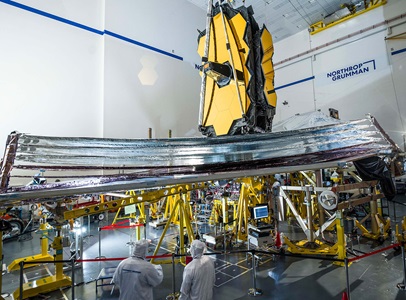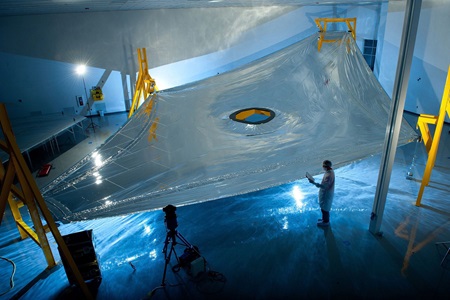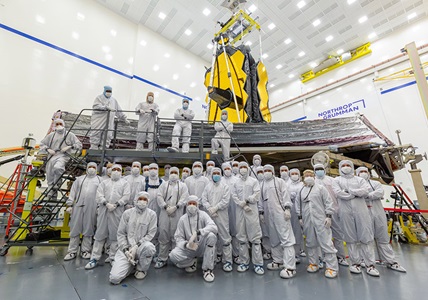Bending the Laws of Physics to See the Farthest Reaches of Space
How the Precision Backplane Gives NASA’s James Webb Primary Mirror its Focus
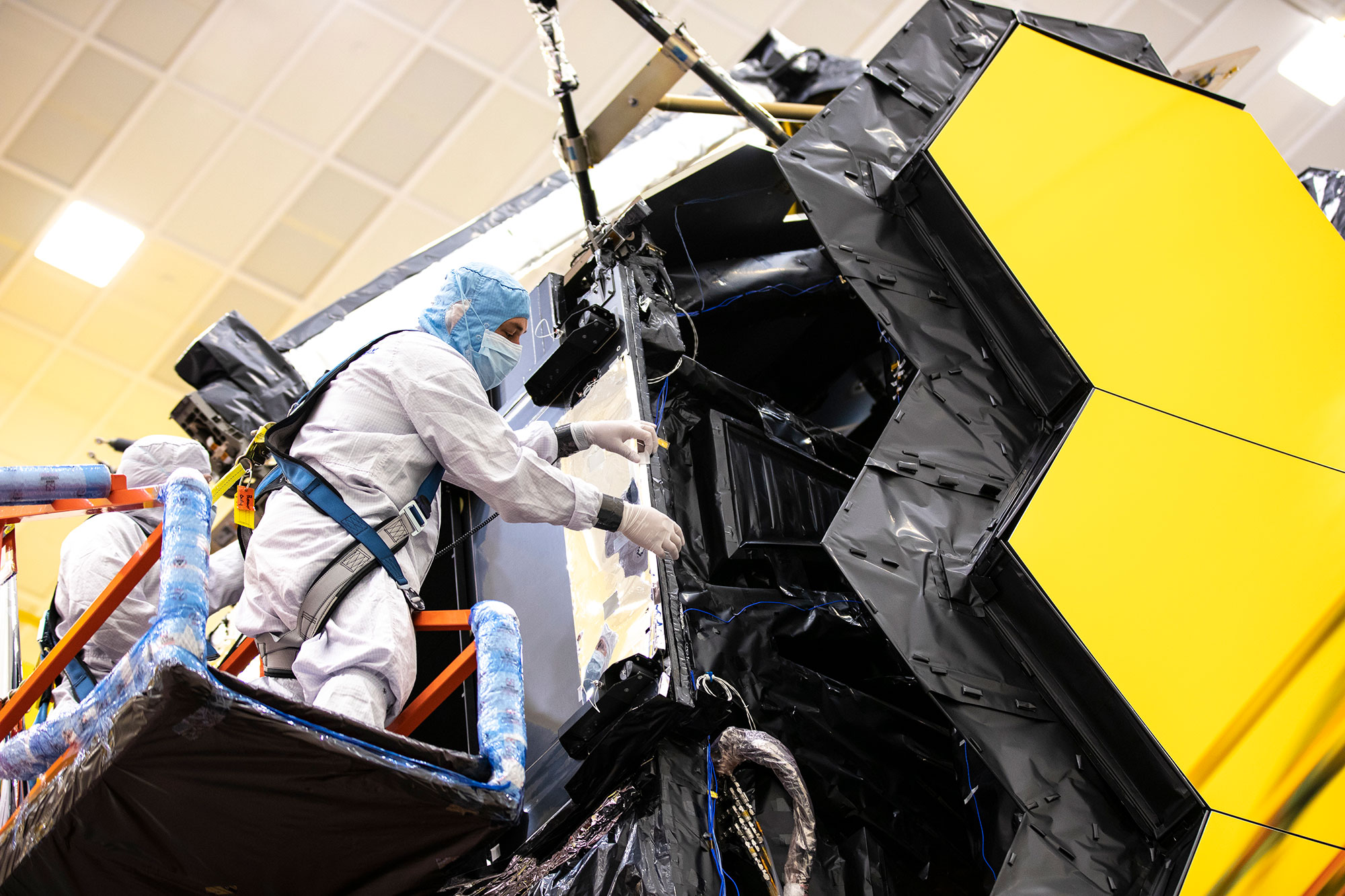
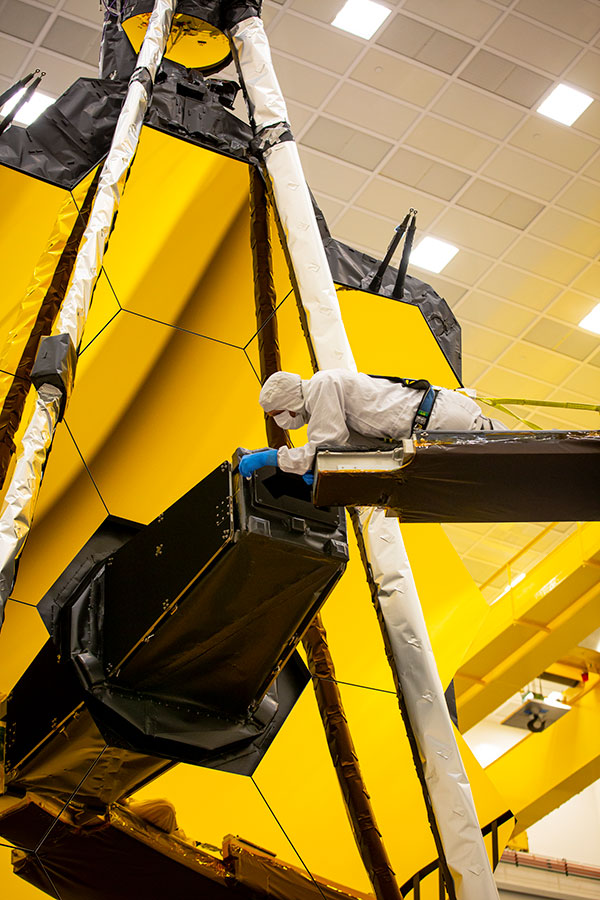
By Brooks McKinney, APR
Heat makes things expand and cold makes them contract; that’s the basic rule of thumb we all learned in high school physics. But what if you’re trying to build humankind’s most powerful space telescope – one that must survive the intense heat of launch and the extreme cold of space, all without giving an inch? Actually, without expanding or contracting even a few tens of nanometers, or about 1/10,000 the width of a human hair? Sometimes, you’ve got to bend the rules.
In order for NASA’s James Webb Space Telescope (Webb) to successfully capture vivid images of the universe that no one has seen before, Northrop Grumman developed transformative technology to ensure that the telescope will hold perfectly steady at extreme temperatures. Achieving the impossible called for the development of one of the lightest, strongest and most thermally stable structures ever produced.
This engineering marvel, the Primary Mirror Backplane Assembly (aka "the backplane") functions as Webb’s spine. It supports not only Webb’s enormous mirror and complex telescope optics but also the observatory's entire ensemble of critical instruments.

Building a Strong Spine
The backplane was designed and produced by Northrop Grumman's Aerospace Structures business unit at its facilities in Utah. It includes a framework of hexagonal sections (the center section plus two "wings") that hold the observatory's 18 primary mirror segments — plus a backplane support frame (BSF) that holds Webb's integrated science instrument module (ISIM).
"Our biggest challenge in designing the backplane was making it strong enough to survive the vibration and stresses of launch, but flexible enough to handle the shrinkage and structural loads that can occur when materials experience cryogenic temperatures," explained Larry Stanley, chief engineer for Aerospace Structures.
To that end, the backplane is built from an extremely light and strong composite material called graphite-epoxy. This material can be designed so that it has a very low rate of expansion when it encounters temperature changes. This helps keep it stable through the intense heat of launch and the extreme cold of space.
Stanley noted that once the backplane is deployed and cooled down to its deep-space operating temperatures, it also must remain thermally stable to within a few tens of nanometers.
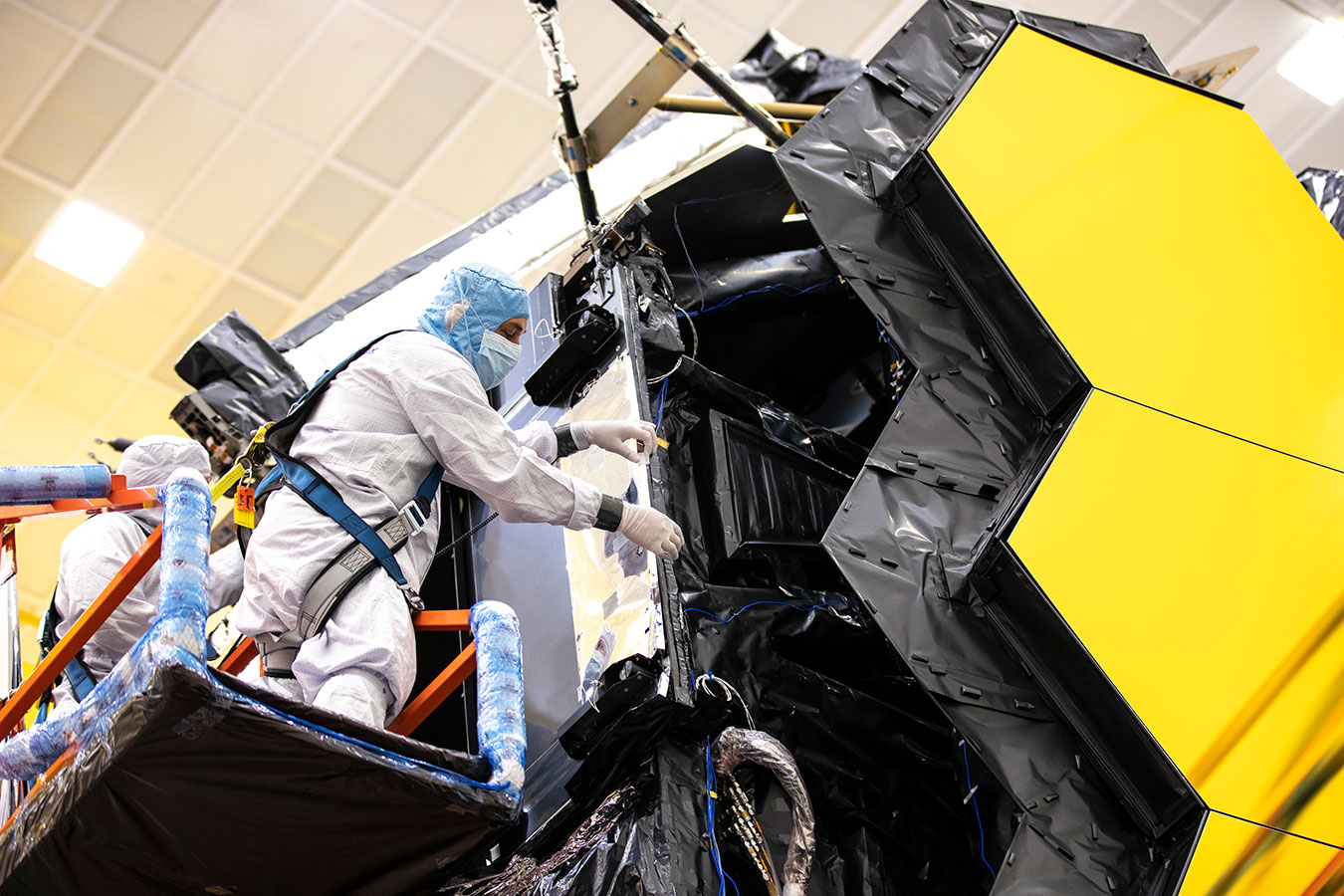
Testing for "What If?"
Fabrication of the backplane also required thinking ahead. "Before we assembled the backplane structure, we tested all of its composite parts to make sure they could survive Webb's operational environment," Dr. Stanley said. "We put them in a cryogenic test chamber at 5 Kelvin — near absolute zero — and cycled the temperature several times."
The next stop for the assembled backplane was NASA's X-ray and Cryogenic Test Facility at Marshall Spaceflight Center in Huntsville, Alabama. Here, its key components — center section, wings and BSF — were tested for their response to the cryogenic temperatures of deep space.
"We measured the changes in dimension that occurred in the backplane as it cooled down to its operating temperatures," said Stanley. "Our tests verified the thermal stability and survivability of the backplane, which is critical to the Webb science mission."
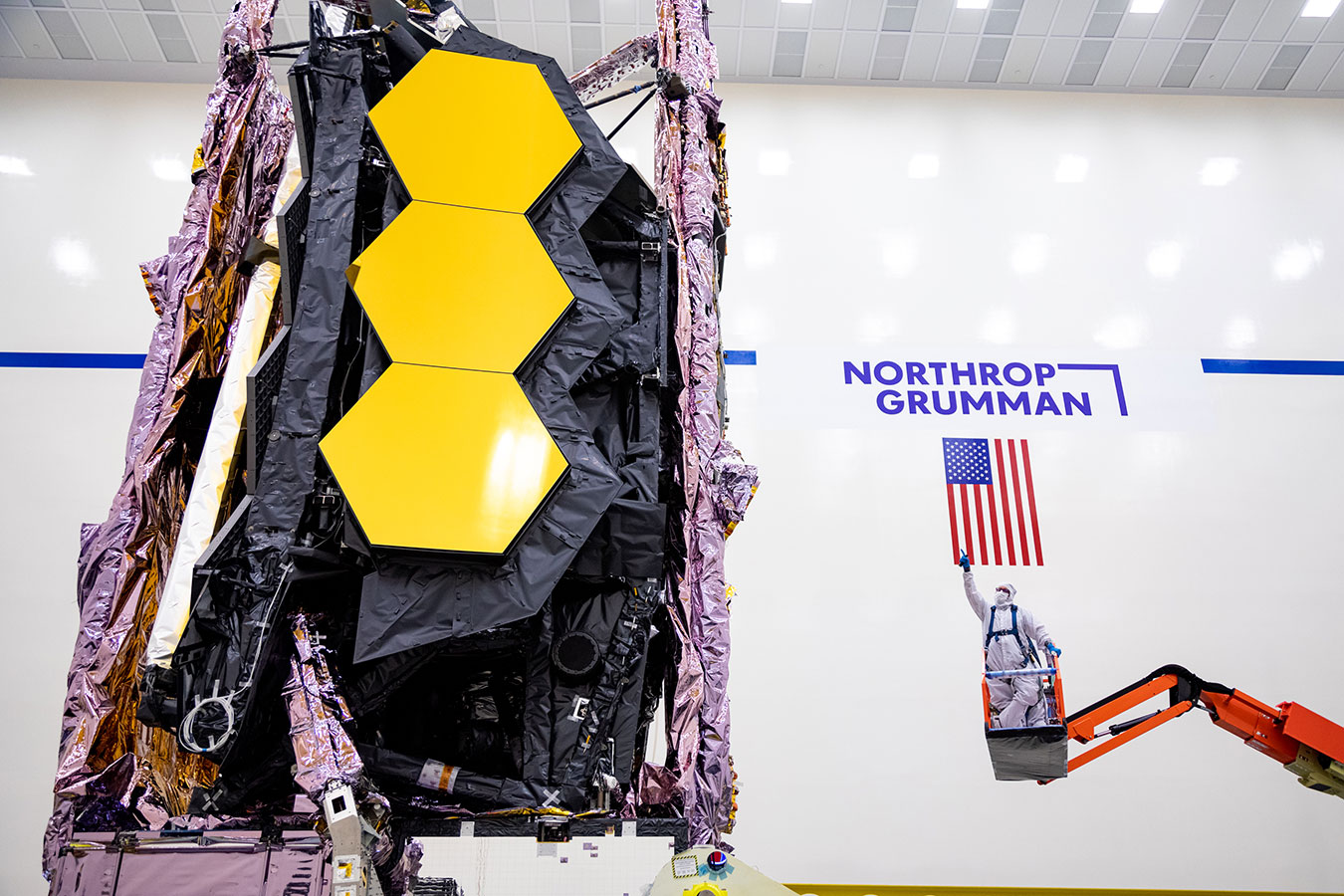
Planning for Success
Northrop Grumman’s chief engineer for NASA Webb, Charlie Atkinson, observed that Webb’s backplane was simply one of many remarkable engineering achievements that helped the NASA/Northrop Grumman team get the observatory right the first time. But it is representative of the challenges that go into such undertakings.
"At the beginning of a program, you don't envision all of the things that could become technical challenges along the way," Atkinson suggested. "For example, the bond tailoring we did on the backplane didn't involve science or new technology, but it was really hard engineering."
His advice for Webb-like space missions where failure is not an option: "Just make sure you've got enough time and resources to accommodate the challenges you don't anticipate early on. It will make all the difference."
NASA launched the James Webb Space Telescope on Christmas Day 2021. From its orbit circling the Sun-Earth L2 Lagrange Point, it will help scientists look back in time more than 13.5 billion years when the first stars and galaxies were being formed.
